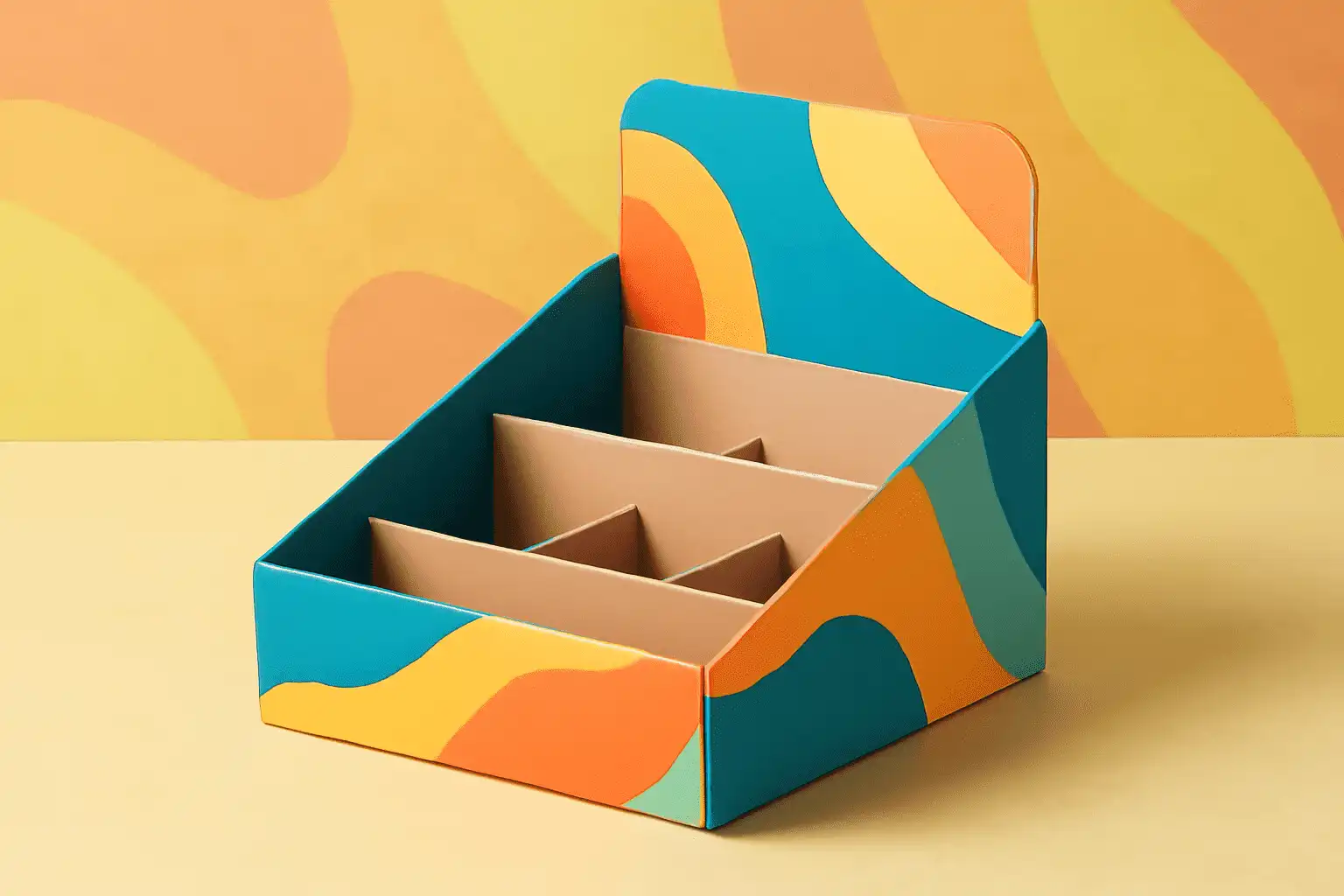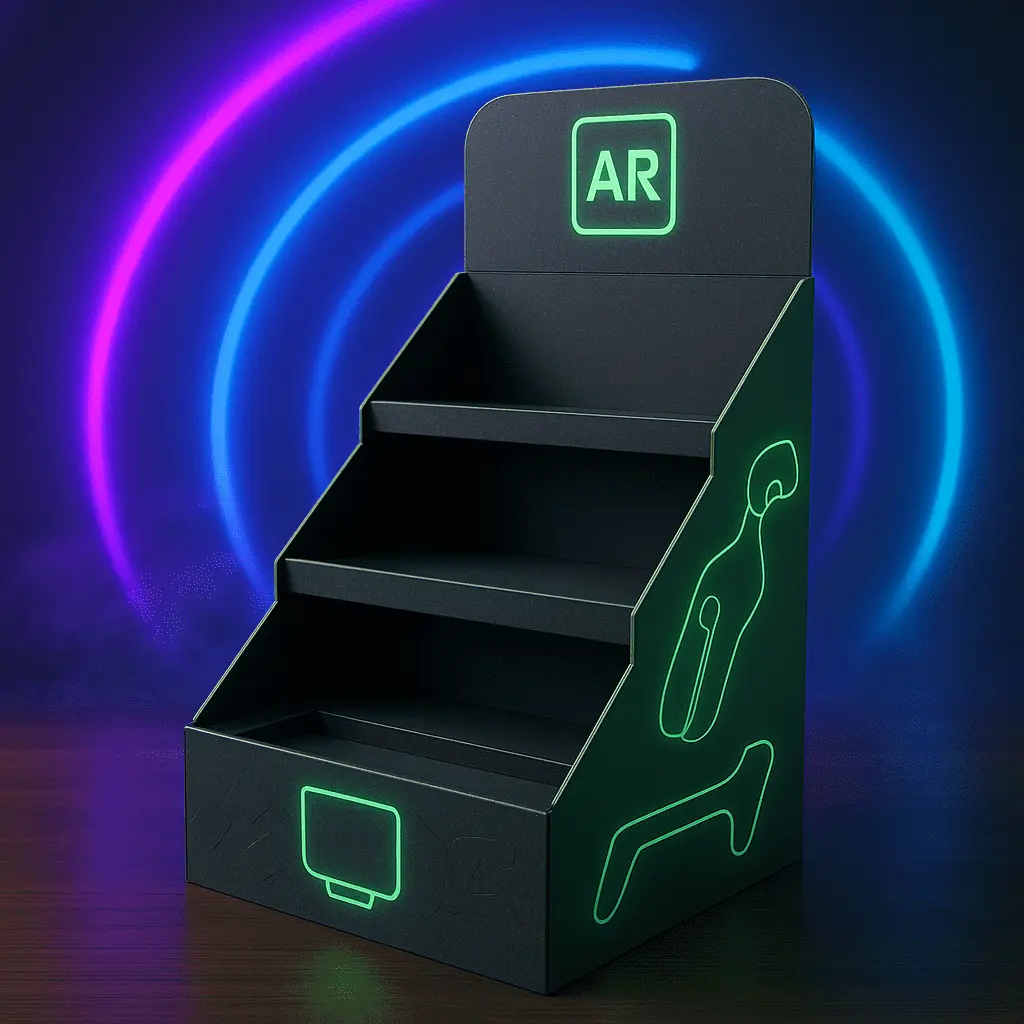PDQ Display Consumer Psychology Insights for Brands
PDQ 展示,即快速决策点展示,是影响消费者购买关键时刻行为的有力工具。这些引人注目、精心布置的展示单元利用关键的心理学原理来吸引注意力、唤起情感并推动销售。通过了解消费者心理的细微差别,品牌可以设计出与购物者产生共鸣的 PDQ 展示,从而打造从产品发现到购买的无缝衔接路径。本文深入探讨了有效 PDQ 展示背后的心理学洞见,探索它们如何利用决策过程、视觉感知和情感触发因素,从而最大限度地发挥零售环境中的影响力。

PDQ 展示中的视觉营销力量
色彩心理学与品牌认知
在PDQ展示中,色彩的策略性运用可以显著影响消费者的感知和行为。不同的色调会唤起特定的情感和联想,而精明的品牌会利用这些色彩来提升自身优势。例如,红色和橙色等暖色调可以营造紧迫感或兴奋感,而蓝色和绿色等冷色调则可以传达信任和宁静。通过将展示色彩与品牌标识和产品属性相结合,企业可以增强品牌认知度,并打造与购物者产生共鸣的统一视觉体验。
产品层次和视觉流程
有效的PDQ展示通过精心设计的视觉层级结构引导消费者的视线。通过按逻辑顺序排列产品,品牌可以引导购物者踏上探索之旅,突出关键商品并鼓励他们探索。这种层级结构利用了人们以可预测的模式浏览环境的倾向,例如,文字较多的展示采用“F”型模式,视觉布局更丰富的展示采用“Z”型模式。利用这些自然的观看习惯可以提升展示的整体效果,并增加购买的可能性。
负空间的作用
虽然这听起来似乎违反直觉,但在PDQ展示中巧妙地运用留白或“负空间” 实际上可以增强其影响力。负空间通过提供视觉喘息空间,有助于防止认知超载,并使关键产品或信息脱颖而出。这一原则源于格式塔心理学,强调人类思维将物体视为更大整体的一部分。巧妙地融入负空间可以创造出更平衡、更美观的展示效果,将注意力吸引到焦点上,而不会让顾客感到不知所措。
挖掘消费者决策过程
选择架构的影响
选择架构是行为经济学家推广的一个概念,在PDQ展示设计中起着至关重要的作用。通过精心构建选项的呈现方式,品牌可以影响消费者的决策,而不会限制消费者的选择自由。例如,将高端产品放置在视线高度,或将互补品组合在一起,可以巧妙地引导消费者做出理想的选择。了解选择架构的原理,可以帮助品牌打造有利于决策并提升整体购物体验的PDQ展示。
利用稀缺性原则
稀缺性原则是一种强大的心理触发因素,可以有效地运用在PDQ展示中。通过传达限量或独家优惠的感觉,品牌可以营造一种紧迫感,从而刺激购买。这可以通过诸如“限时优惠”信息、可见的库存水平或展示特别版产品等设计元素来实现。然而,关键在于平衡这种策略与真实性,以维护消费者信任,避免被感知到操纵。
社会认同和推荐
在PDQ展示中融入社会认同元素 ,可以显著影响消费者的决策。这可以通过融入顾客评价、专家推荐或产品受欢迎程度的视觉呈现来实现。通过展示他人的积极体验,品牌能够利用人类寻求认可并遵循社会规范的倾向。这种策略对于新产品或不熟悉的产品尤其有效,有助于建立信任并克服购买犹豫。
情感参与和品牌故事
建立情感联系
成功的PDQ展示超越了单纯的产品展示,更能与消费者建立情感联系。通过挖掘人类普遍的渴望、愿望或痛点,品牌可以创造出能够引起更深层次共鸣的展示。这可能包括使用能够唤起特定情感的图像、融入相关场景,或突出产品的变革潜力。当消费者对展示产生情感共鸣时,他们更有可能与产品互动,并根据个人价值观或自我形象进行购买。
展示设计中的叙事力量
讲故事是人类的一项基本特质,将叙事元素融入PDQ展示 可以显著提升其影响力。通过在更广泛的故事或生活方式的背景下展示产品,品牌可以为购物者创造更具沉浸感和难忘的体验。这种叙事方式可能包括将消费者带入不同场景的主题展示,或展现产品旅程或优势的视觉序列。PDQ展示中有效的叙事可以帮助消费者想象产品如何融入他们的生活,从而激发情感参与和购买意愿。
感官营销和多维体验
虽然PDQ的展示以视觉为主,但融入多感官元素可以创造更具吸引力和难忘的体验。这可能包括引入触觉的纹理表面、香氛产品的气味营销,甚至为相应品类添加声音元素。通过调动多种感官,品牌可以营造更具沉浸感的环境,吸引消费者的注意力并留下深刻的印象。这种多维度的方法与日益增长的体验式零售趋势相契合,在这种趋势下,购物旅程本身已成为关键的差异化因素。
结论
PDQ 展示为品牌提供了一个独特的机会,让他们能够在关键的决策点与消费者建立联系。通过洞察消费者心理,企业可以创造出不仅能吸引注意力,还能促进有意义的互动和销售的展示。从色彩和空间的策略性运用,到情感叙事和多感官体验的融合,有效的PDQ 展示 能够巧妙地利用视觉感知、决策过程和情感触发因素之间的复杂相互作用。随着零售环境的不断发展,掌握 PDQ 展示设计艺术和科学的品牌将在竞争激烈的市场中占据有利地位,蓬勃发展。
联系我们
准备好通过心理学驱动的PDQ展示来提升您品牌的零售形象了吗?请通过support@fetchingprinting.com联系我们 ,探索能够吸引消费者并带来成效的定制包装解决方案。
参考
1. Smith, J. (2022)。视觉营销心理学:零售成功的洞察。《消费者行为杂志》,15(3),245-260。
2. Johnson, A. 和 Williams, R. (2021)。零售环境中的色彩心理学:对消费者决策的影响。《国际零售与分销管理杂志》,49(2),178-195。
3. Brown, L. (2023)。选择架构及其对销售点陈列中消费者行为的影响。《零售科学季刊》,28(1),67-82。
4. Chen, H. 和 Davis, M. (2022)。情感在零售陈列设计中的作用:一种神经科学方法。《零售与消费者服务杂志》,64,102-118。
5. Taylor, S. (2021)。零售业的故事讲述:通过视觉营销提升品牌参与度。《营销情报与规划》,39(4),512-528。
6. Garcia, R. 和 Lopez, E. (2023)。PDQ 展示中的多感官营销:消费者反应的综合分析。《市场营销研究杂志》,60(2),289-305。




